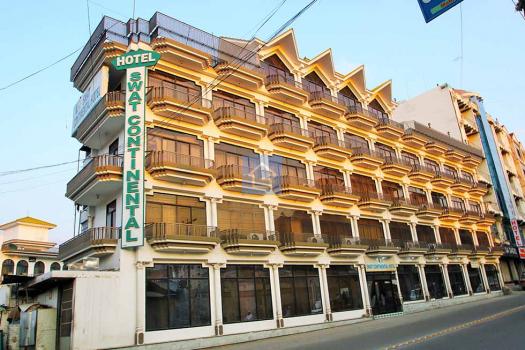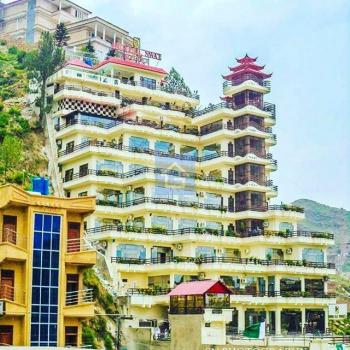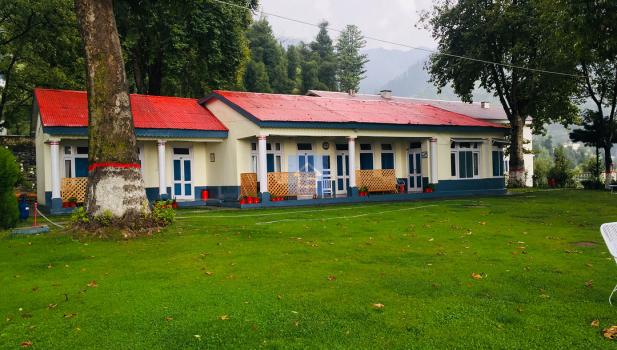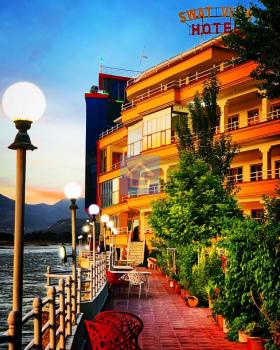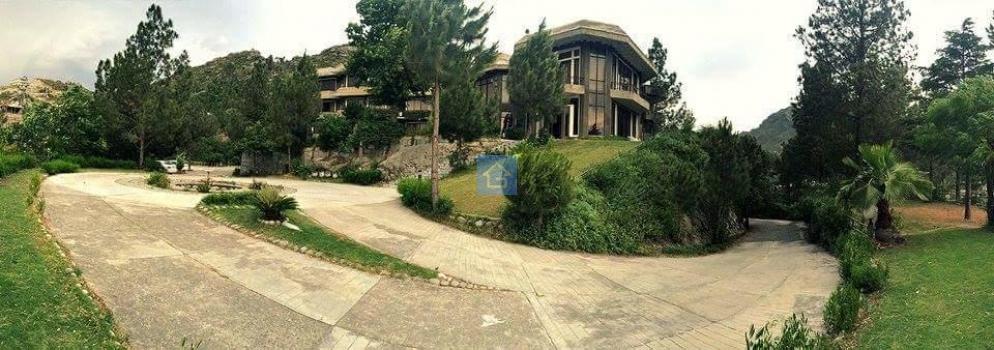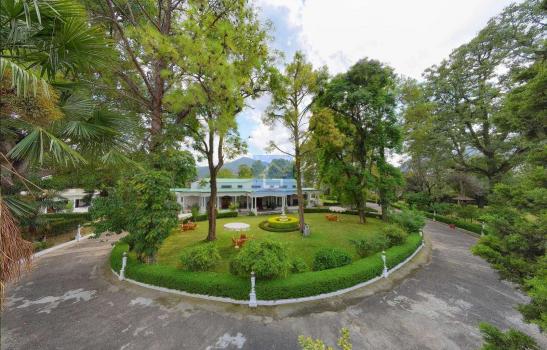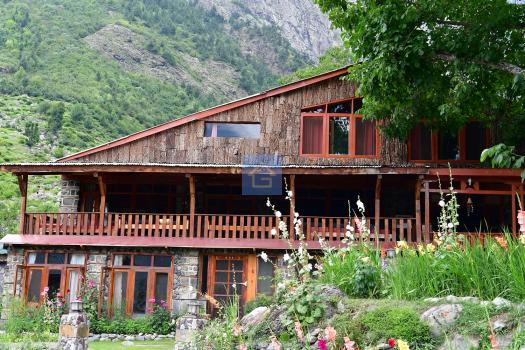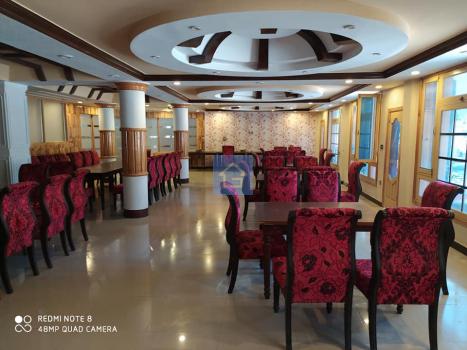- Home
- Browse Blogs
- Travel Destinations
- Getting Started with Filters in Photography: A Beginner's Guide
Getting Started with Filters in Photography: A Beginner's Guide
Filters are an important part of photography, allowing you to create unique and interesting effects. They can be used to add contrast, reduce reflections, enhance colors, and even create special effects. If you’re just getting started in photography, understanding..
Getting Started with Filters in Photography: A Beginner's Guide
Filters are an important part of photography, allowing you to create unique and interesting effects. They can be used to add contrast, reduce reflections, enhance colors, and even create special effects. If you’re just getting started in photography, understanding how to use filters can be daunting. In this guide, we’ll discuss the basics of filters and how to use them to get the most out of your photos. Filters come in a variety of shapes, sizes, and materials, but all have the same basic purpose – to alter the light entering the camera lens.
The most common types of filters are UV, polarizing, and neutral density filters. UV filters are used to reduce the amount of ultraviolet light entering the lens, which can cause photos to appear hazy or washed out. Polarizing filters are used to reduce reflections and glare, and can also be used to darken skies or enhance colors. Neutral density filters reduce the amount of light entering the lens, allowing for longer exposures and wider apertures. When using filters, it’s important to remember that they can affect the image in various ways
. For example, polarizing filters can increase contrast and saturation, while neutral density filters can reduce contrast and saturation. It’s important to experiment with different filters to find the one that works best for the effect you’re trying to achieve. When using filters, it’s also important to consider the angle of the light. For example, if you’re shooting in direct sunlight, a polarizing filter can reduce glare and reflections, while a neutral density filter can help you achieve a longer exposure. On the other hand, if you’re shooting in the shade, a UV filter can help reduce the amount of blue light entering the lens. Finally, it’s important to remember that filters can be stacked.
For example, you can use a UV filter, a polarizing filter, and a neutral density filter all at the same time.This can help you achieve even more dramatic effects, but it’s important to experiment to find the combination that works best for your particular situation. Filters are a great way to get creative with your photography. With a little practice, you can learn how to use them to create unique and interesting effects. So don’t be afraid to experiment and have fun!
Recommended list of popular & trending blogs based on visits, people searched.
Trending Hotels
Best affordable & leading hotels to stay in swat valley for families, students, honeymoon couples from lahore, karachi, faisalabad, multan, peshawar & islamabad.
Best Holiday Packages
Want to get a great holiday in Swat Valley? At Guestkor Travel we have a full range of holiday deals on offer for affordable prices.
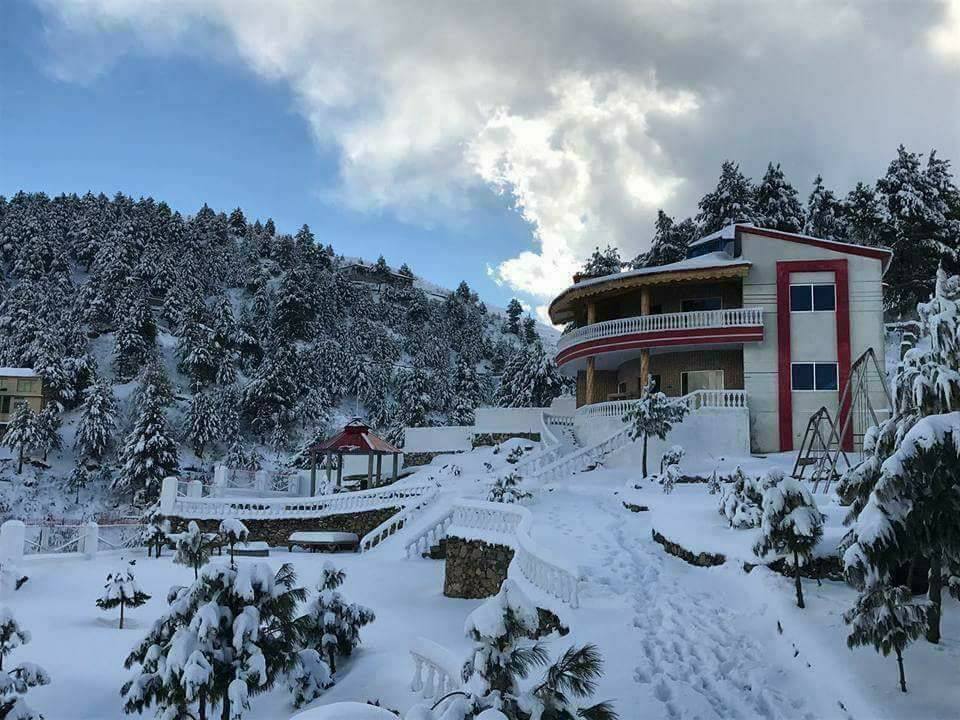
Per Person
2 days 1 night islamabad to malam jabba standard group tour winter/snowfall package
- 9-15 people
- |
- blue area → swat
- (10 reviews)
- Group Tours
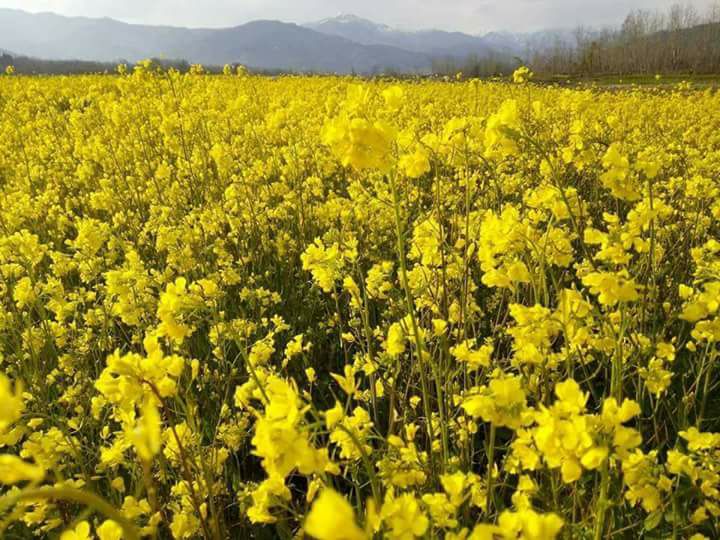
Per Person
2 days 1 night islamabad to gabeen jabba standard family tour winter/snowfall package
- 9-15 people
- |
- blue area → swat
- (6 reviews)
- Family Tours
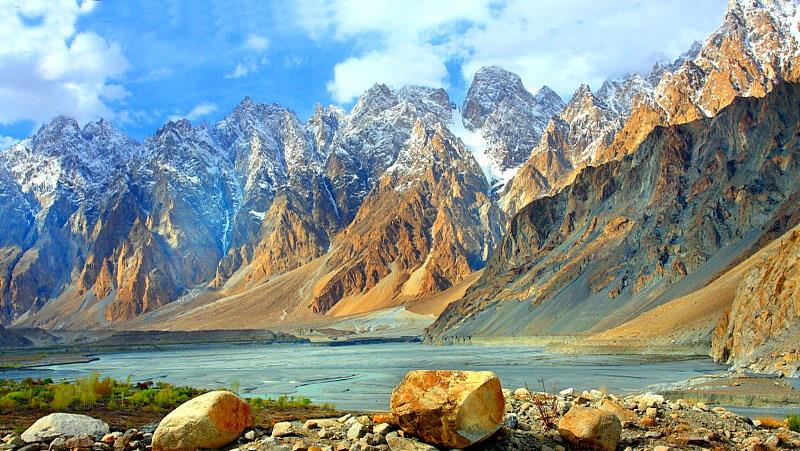
Per Person
6 days 5 nights islamabad to kalash valley standard group tour winter/snowfall package
- 9-15 people
- |
- blue area → chitral
- (6 reviews)
- Group Tours
